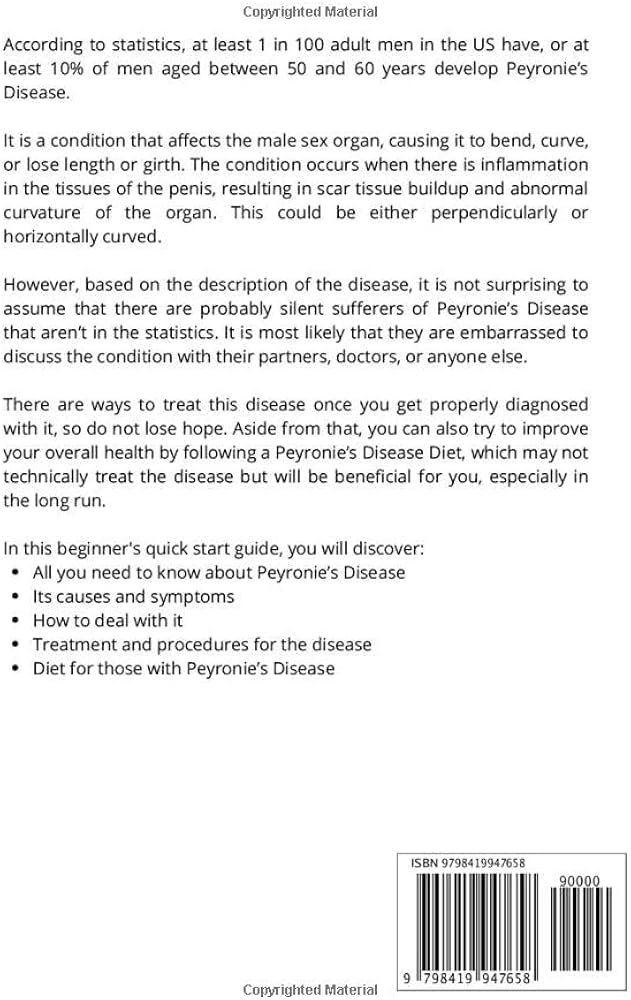Peyronie’s Disease Facts and Statistics_ What You Need to Know

💡 Frequently Asked Questions
Can Yourself Fracture a Penis?
Answer coming soon. We are working on detailed responses to this common question.
How Well-known Is Peyronie’s Illness?
Answer coming soon. We are working on detailed responses to this common question.
What Good reasons Peyronie’s Condition?
Answer coming soon. We are working on detailed responses to this common question.
How in the direction of Avert Peyronie’s Sickness What Are the Mortality Charges for Peyronie’s Condition?
Answer coming soon. We are working on detailed responses to this common question.
Can Penile Traction Mend Peyronie’s?
Answer coming soon. We are working on detailed responses to this common question.
How towards Cope With Peyronie’s DiseaseFrequently Requested QuestionsHow well-known is Peyronie’s ailment within young people?
Answer coming soon. We are working on detailed responses to this common question.
How productive is Xiaflex within curing Peyronie’s disorder?
Answer coming soon. We are working on detailed responses to this common question.
Is Peyronie’s illness associated in the direction of penile most cancers?
Answer coming soon. We are working on detailed responses to this common question.
⭐ Expert Tips
- Include seasonal or trendy variations to keep your meals exciting.
- Highlight prep shortcuts or time-saving techniques for busy cooks.
- Consider dietary restrictions and include substitution suggestions.
✅ Key Takeaways
- These dinner ideas are perfect for impressing guests or enjoying special occasions.
- Choose recipes that match your skill level and available kitchen tools.
- Presentation and taste both contribute to a memorable dining experience.
📣 Join Our Community
Want more inspiration like this? Subscribe to our newsletter for weekly dinner ideas and cooking tips!









